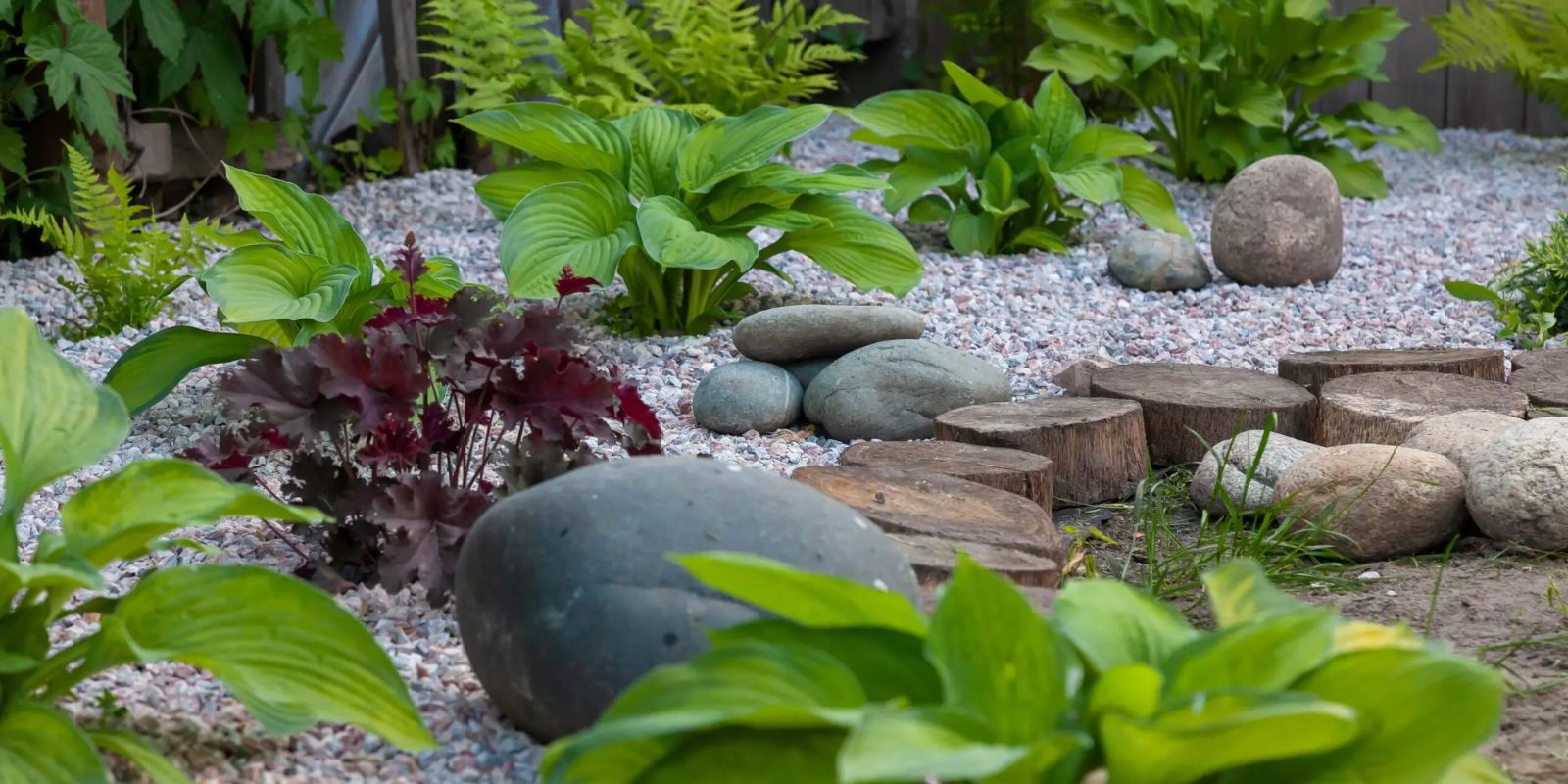Introduction
In the world of gardening, aesthetics and functionality go hand in hand. One of the most versatile materials that can enhance both aspects is rock. Incorporating rocks into your flower bed can not only beautify your garden but also improve its health and maintenance. From creating stunning visual contrasts to aiding in drainage, rocks can be a game changer in your gardening endeavors. In this article, we will explore 15 practical tips for using rocks in your flower bed to help you create a flourishing and visually appealing outdoor space.
1. Choose the Right Size
When selecting rocks for your flower bed, consider their size carefully. Larger rocks can serve as focal points or edging, while smaller stones can fill in gaps or act as mulch. A well-balanced arrangement of different sizes creates a natural look that enhances the beauty of your plants. For example, use larger boulders as cornerstones in your design and fill the gaps with smaller pebbles or gravel.
2. Consider Color
The color of your rocks should complement the flowers in your garden. If your flowers are vibrant and colorful, consider using neutral-toned stones to allow them to stand out. Conversely, if your plants have softer hues, colorful stones can add an interesting contrast. Experimenting with various color combinations will help you find the perfect match for your garden’s palette.
3. Create Borders
Rocks are perfect for defining the edges of your flower bed. Use larger stones or flat pavers to create a natural boundary that separates your garden from the lawn or walkway. This not only adds a professional touch to your garden design but also helps to keep soil and mulch contained, reducing maintenance.
4. Enhance Drainage
Proper drainage is essential for healthy plants, and rocks can play a significant role in this. By placing larger rocks at the base of your plants or creating a rock layer in your flower bed, you can improve water flow and prevent root rot. This is especially important for flowers that prefer well-draining soil, such as lavender or succulents.
5. Use as Mulch
Small rocks can serve as an effective mulch alternative. They help suppress weeds while retaining soil moisture, creating a more sustainable garden. Rock mulch can also prevent soil erosion and provide a clean, finished look to your flower bed. Choose rounded stones to avoid sharp edges that might harm your plants.
6. Layering
For a more dynamic and visually appealing garden, consider layering different sizes and shapes of rocks. Start with larger stones at the bottom and gradually add smaller ones on top. This creates depth and interest in your flower bed. Layering also mimics natural landscapes, making your garden feel more organic.
7. Incorporate Ground Cover
Combine rocks with ground cover plants to create a low-maintenance garden that requires less watering and weeding. Plants like creeping thyme or sedum can thrive in rocky environments and will fill in the spaces between the stones, creating a cohesive and attractive display.
8. Create Paths
Use rocks to form natural pathways through your flower bed. Flat stones or pavers can be arranged to create a stepping-stone effect, guiding visitors through your garden. This not only enhances the visual appeal but also protects the plants by providing a designated walking area.
9. Highlight Features
Use larger stones to highlight specific plants or features in your garden. By placing a striking rock near a beautiful flower or unique plant, you draw attention to it and create a focal point. This technique can also help to balance the overall design of your flower bed.
10. Add Texture
Mixing smooth and rough rocks can add visual interest and texture to your flower bed. The contrast between different rock types will make your garden more engaging and can complement the textures of your flowers and foliage. For instance, pair smooth river stones with rugged lava rocks for a unique look.
11. Integrate with Hardscaping
Consider how your rocks will interact with other hardscaping elements in your yard. If you have a patio, walkway, or retaining wall, coordinate the colors and materials to create a cohesive look. Using similar types of stone throughout your garden will tie everything together beautifully.
12. Think About Maintenance
When choosing rocks for your flower bed, think about the maintenance involved. Some stones may require regular cleaning or may be prone to staining. Opt for materials that are durable and easy to maintain, allowing you to enjoy your garden without constant upkeep.
13. Use in Edging
Decorative stones can make for attractive edging around your flower bed. Use larger rocks to create a solid boundary that will withstand the elements, while smaller stones can fill in gaps or provide a decorative touch. Edging not only enhances the visual appeal but also prevents grass and weeds from encroaching on your flower bed.
14. Incorporate Art
Add a unique artistic element to your garden by incorporating decorative stones or rock sculptures. This can add personality to your flower bed and create a conversation piece for visitors. Look for rocks with interesting shapes or colors, or consider crafting your own stone art for a truly personalized touch.
15. Experiment
Don’t be afraid to move rocks around until you find the perfect arrangement. Gardening is about creativity and experimentation, so take the time to play with different layouts and combinations. You may discover a stunning arrangement that brings your garden to life in unexpected ways.
Conclusion
Rocks are a fantastic resource for enhancing your flower bed, offering both beauty and functionality. From improving drainage to creating stunning visual contrasts, the possibilities are endless. By following these 15 tips, you can create a flower bed that not only flourishes but also stands out as a unique expression of your gardening style. So gather your rocks, let your creativity flow, and watch your garden thrive!
Motivation
Ready to elevate your garden game? Share your rock garden creations and get inspired by others using #RockYourGarden #FlowerBedDesign #GardeningTips #DIYGarden!

